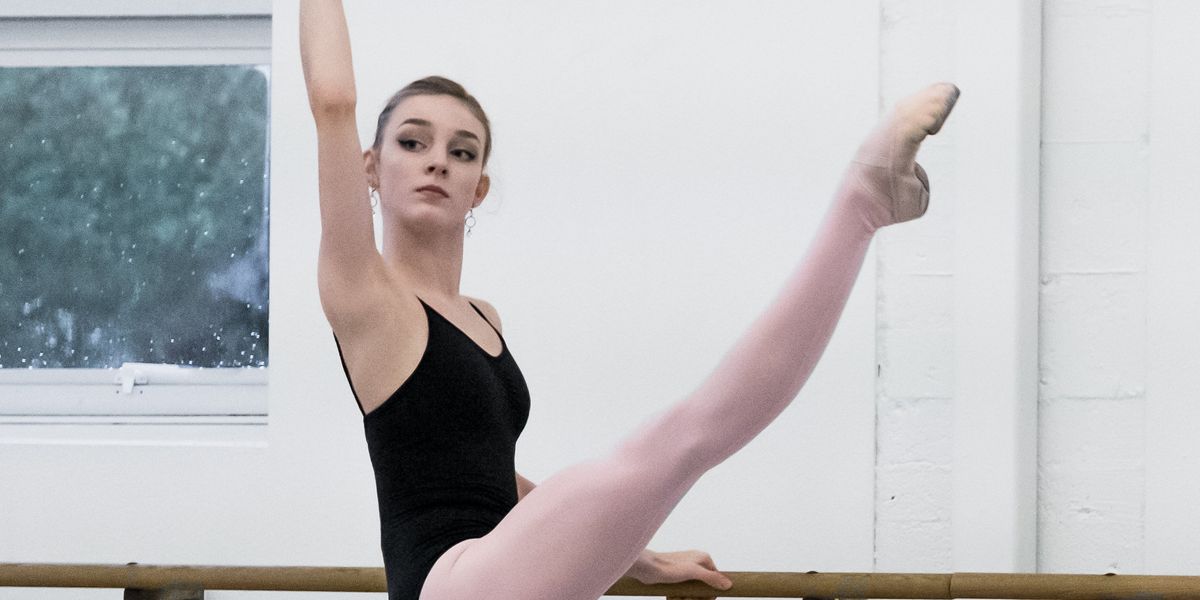Choose the Right Summer Program: A Checklist
Want to try a new summer intensive? How do you find out whether a program will be a good fit if you don’t know anyone who went there? “We tell our students that faculty is a big factor, the ratio of students to teacher is important for quality instruction, and performance opportunities are great but not the be-all, end-all,” says Nancy Davis, founder and co-artistic director of The Portland Ballet in Oregon. Before you sign up for a new program, research this information to assess whether a school offers what you’re looking for.
Suss out the style.
One benefit to a new program can be experimenting with an unfamiliar style. While some intensives state up front that they teach a particular technique, others—particularly those not affiliated with a high-profile school or company—may not flag their stylistic emphasis. But program websites offer a lot of clues. Read the bio of the intensive’s director (a good indicator of whether, say, Vaganova or Bournonville lies in their background) and the program’s mission statement. Look at the regular faculty’s bios to see where they danced. Also take a peek at the repertory. A big draw for The Portland Ballet’s program, for instance, is its relationship with The George Balanchine Trust. Dig into its press clips, and you will find that students have performed iconic works like Tschaikovsky Pas de Deux.
Read the schedule.
Many students want as much training as they can possibly get in a day. “To pay for six weeks and only get a couple classes a day is not worth their while,” says Westside School of Ballet artistic director Martine Harley, whose program in Santa Monica, California, has students dancing four and a half hours a day. Some programs even offer optional classes in the evening, if you are still standing at 6 pm. Generally, schedules are posted on the website. See how many hours of class is standard and whether you can add on extra ones.
Look at classes offered.
Serious about your technique? Be alert to specialty classes like Turns, one of the many offerings on The Portland Ballet’s schedule along with music appreciation, dance history and career talks.
Check on class size.
If you are in a studio with 35 other dancers, you may not get the personal attention you need to improve. While most programs do not list their class size, look at the website descriptions and photos (and if necessary, be prepared to call and ask).
Find out if you’ll perform.
Some students want stage experience from their intensive. If it is unclear whether there’s an end-of-workshop show, or if there is no information about what repertory will be chosen for your level, ask. Even if it feels pushy, it’s better to know than end up disappointed. Have your questions prepared ahead, and be polite and professional. You will show your maturity by making clear you take the experience seriously.
Imagine yourself there.
Nearly all the big programs use dorms, which offer camaraderie and social opportunities, not to mention meal plans. Smaller programs sometimes offer host families for out-of-town students instead. Depending on the school’s location, there may also be affordable short-term rentals. Make sure you have housing, food and transportation mapped out so that you will have everything you need to concentrate fully on your dancing. Plan with an eye to making sure you will not end up feeling isolated.
Search alum bios.
Where do the school’s graduates end up? Are they winning competitions? Getting hired by major companies? Often, some of the more famous alums may show up as guest faculty, such as New York City Ballet principal Tiler Peck for the Westside School of Ballet. If a program is relatively unknown to you or your teachers, check out its track record to see where past students have landed.




